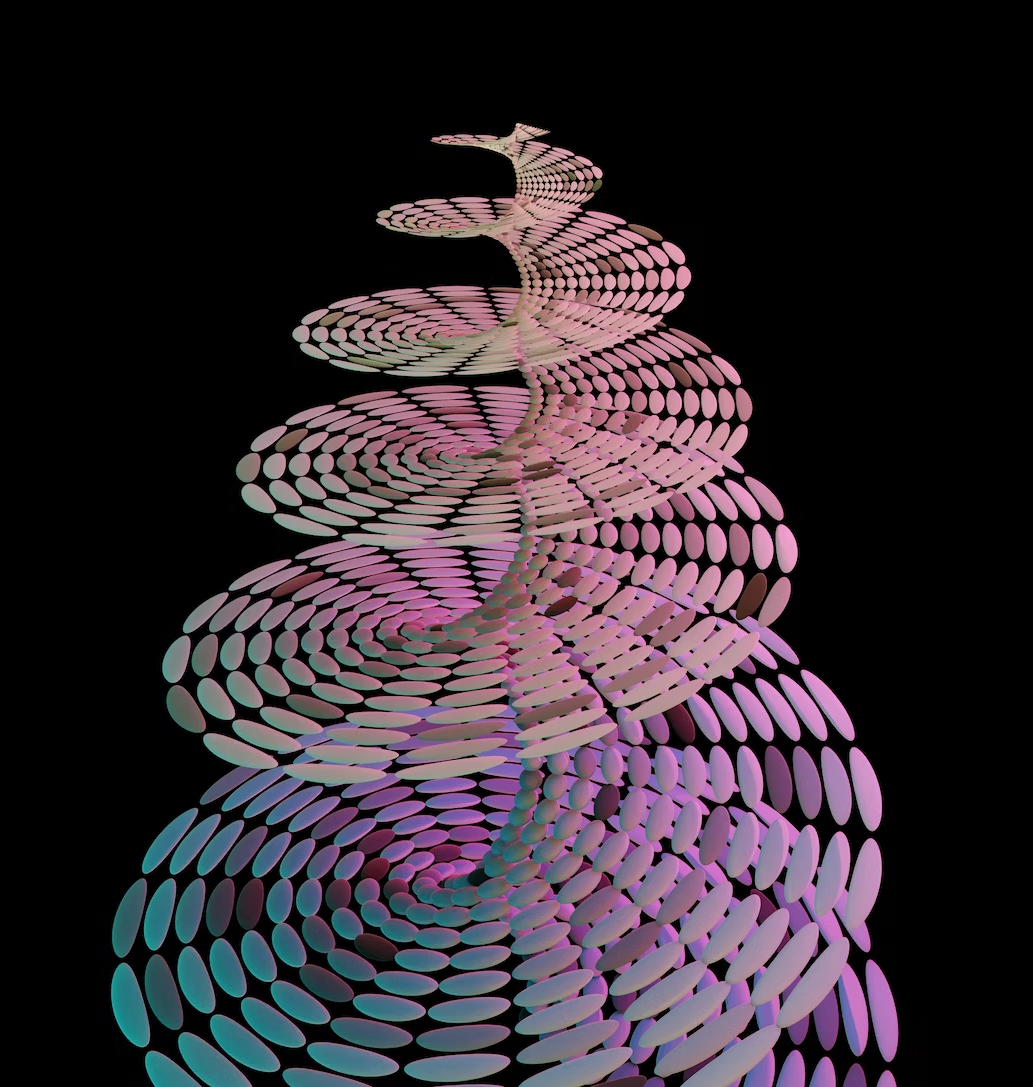
Description
The constantly evolving nature of our oceans, combined with the exponential growth in available data, necessitates advanced analytical methods. 4D mapping captures the spatial and temporal complexities of marine systems, and with the integration of machine learning techniques and data assimilation, it provides dynamic insights into oceanic phenomena. By training oceanographic scientists in these state-of-the-art methodologies, we can foster a deeper, more dynamic understanding of marine environments, their changes, and their interactions.
Impact During the Project
Dynamic Oceanographic Analysis:
Traditional State: Historical oceanographic analyses primarily relied on static or 3D representations, potentially missing out on the time- varying intricacies of marine processes.
Advancement: With 4D mapping methods, scientists can now incorporate the dimension of time, allowing for a dynamic representation of oceanic processes, enhancing our understanding of marine evolutions and transformations.
Harnessing the Power of Machine Learning:
Traditional State: Traditional mapping methods may not have utilized the computational capabilities of machine learning, leading to manual, time-intensive analyses.
Advancement: Incorporating machine learning techniques enables the automatic extraction of patterns, predictions, and insights from vast marine datasets, making the analysis more efficient and revealing hidden marine dynamics.
Impact Post Project
Informed Marine Management and Conservation:
Traditional State: Conservation efforts and marine resource management strategies were formulated based on static or less dynamic data representations, potentially not capturing the full picture.
Advancement: 4D mapping, enriched by machine learning insights, provides a comprehensive view of marine ecosystems. This empowers decision-makers with robust data, leading to more effective marine management, conservation strategies, and timely interventions.
Fostering Innovation in Oceanographic Research:
Traditional State: The boundaries of oceanographic research were previously defined by the limitations of available analytical methods.
Advancement: By integrating advanced techniques like machine learning and data assimilation into 4D mapping, a new realm of research possibilities opens up. This fosters innovation, allowing scientists to tackle previously insurmountable marine challenges.
Advancement over and above State of the Art
Training oceanographic scientists in the development of 4D mapping methods, integrated with machine learning and data assimilation, represents a groundbreaking shift in marine research methodologies. This integration not only enhances the depth and dynamism of marine analyses but also accelerates the pace of discovery. In the face of rapidly changing marine environments, this training equips scientists with the tools to stay ahead, ensuring that research outputs are timely, relevant, and actionable. As the oceanographic community adopts and refines these methods, we can anticipate more informed marine policies, innovative research breakthroughs, and a deeper understanding of our oceans’ complex narratives.
Links and References
NA
